There are several strategies often employed to improve peptide purity achieved using reversed phase HPLC. These strategies can include, changing column length, particle size, particle functionality (C4 vs C18). I have experimented a bit with some of these criteria while purifying peptides using reversed phase flash chromatography but one obvious change that I have not yet explored is the length of column.
In today's post, I'll explore how the length of the cartridge affects the overall resolution and purification efficiency using reversed phase flash column chromatography.
Increasing column length (total number of theoretical plates), while keeping the particle size constant provides greater opportunities for the compounds to interact with the stationary phase, ultimately leading to higher resolution and overall improved final compound purity. I have used this strategy in my previous HPLC purifications for particularly difficult peptide mixtures to great success, so I thought I would give it a try using my Isolera™ Dalton 2000 and a couple SNAP Bio C18 columns.
I synthesized some 18A, an 18-amino acid amphipathic peptide using my Biotage® Initiator+ Alstra™ to use during this purification exercise. The synthesis yielded peptide with 69.4% crude purity, Figure 1. Each contaminant is well resolved, making this an ideal sample to move forward with.
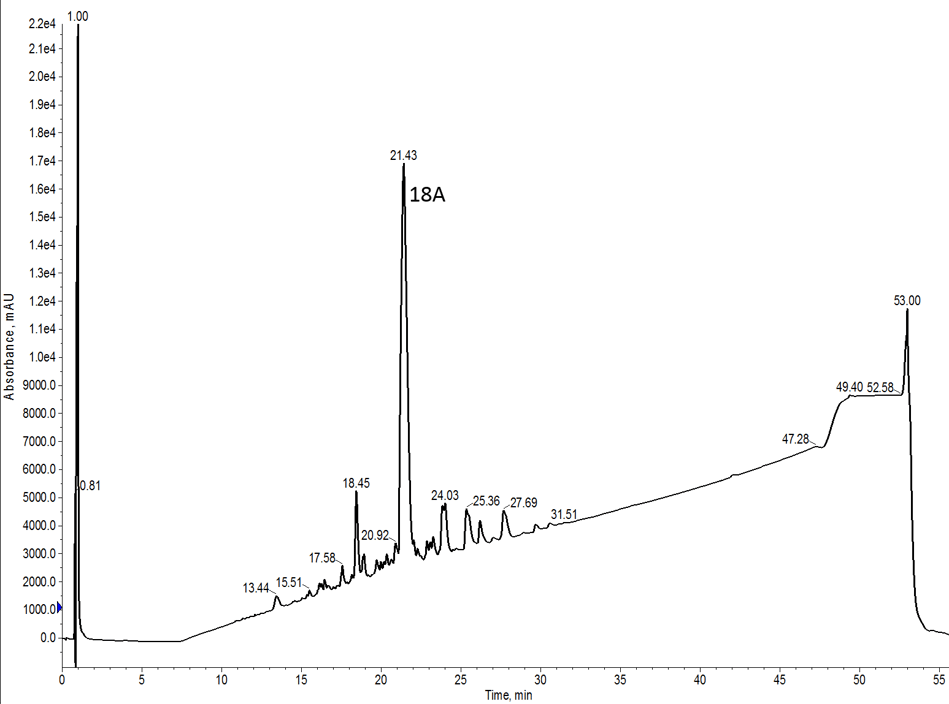
Figure 1: Analytical HPLC chromatogram of crude 18A peptide.
Unfortunately this peptide wouldn't dry to a solid, so I brought the oil up in DMSO and injected 100 μL onto a pre-equilibrated 10 gram SNAP Bio C18 cartridge mounted to my Isolera™ Dalton 2000, Figure 2.
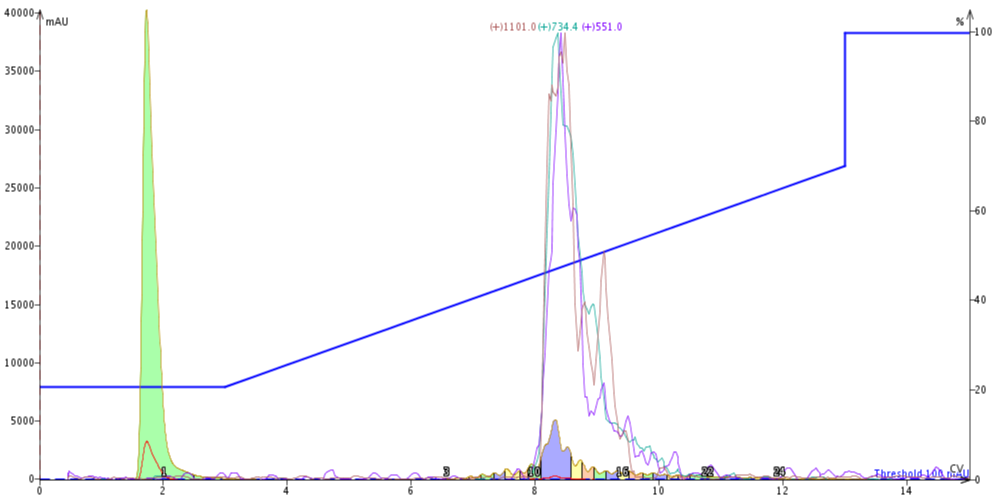
Figure 2: Crude 18A purified using a single 10 g SNAP Bio C18 cartridge. Extracted ion chromatograms for the m+2 (red), m+3 (green) and m+4 (purple) charge states are monitored to aid in peak identification.
This purification went quite nicely, especially given the small amount of material loaded onto the cartridge. The main product peak is clearly identifiable from the peaks present in the UV chromatogram. Using the extracted ion spectra as a guide (the m+2H+ (1101), m+3H+ (734.4), and m+4H+ (551) ions are clearly identifiable), I quickly combined and evaporated fractions 11-13 using my Biotage® V-10 Evaporation system and evaluated the final purity. The HPLC purity analysis indicates that the peptide is now >95% pure, Figure 3. Pretty good if you ask me!
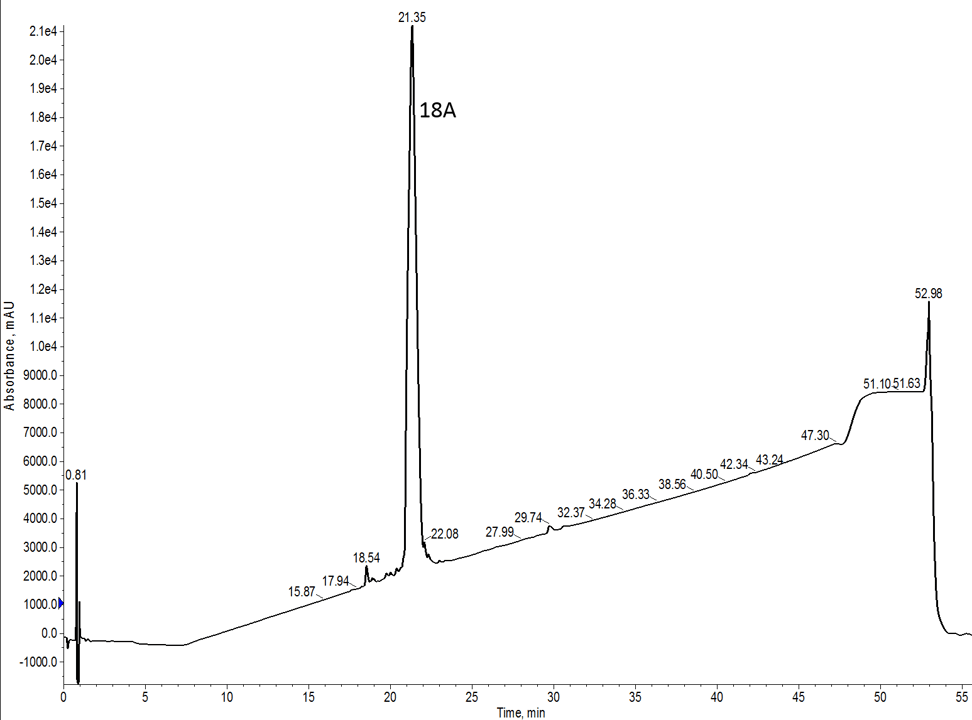
Figure 3: Analytical HPLC chromatogram for 18A purified using a single 10 g SNAP Bio C18 cartridge.
I then connected two identical cartridges inline through the luer fittings, Figure 4. Many of you will notice that this introduces a segment of the column that does not contain the stationary phase and narrows the fluid stream. Please note there is a diffuser that directs the fluid through the bottom cartridge inlet and directly onto the stationary phase bed evenly, so any issues caused by swirling in the stationary phase should be minimized.
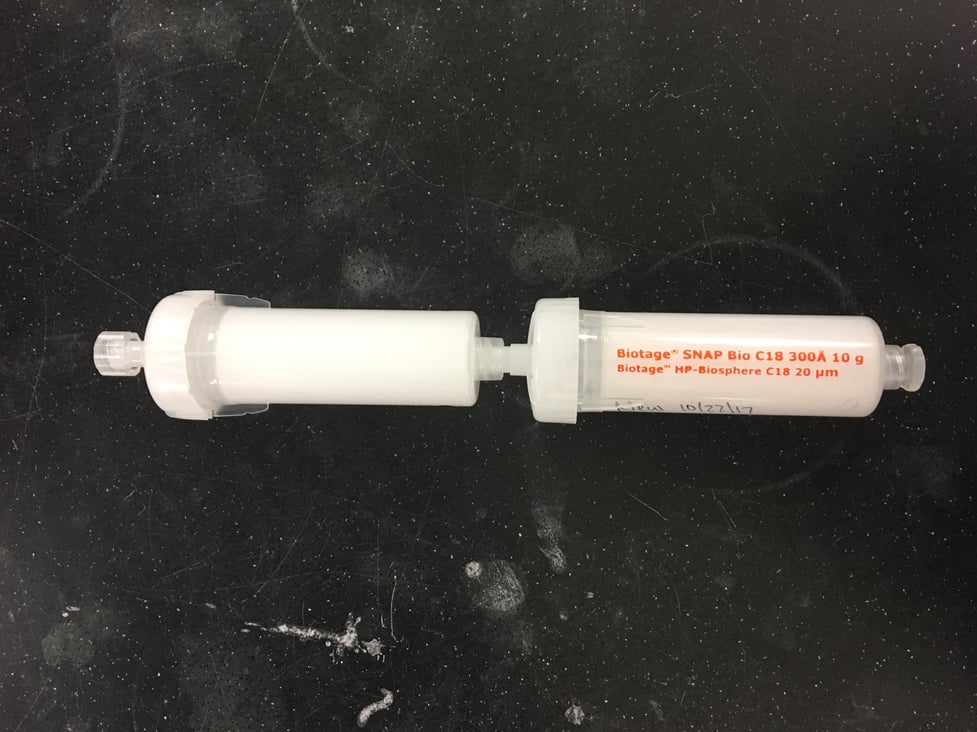
Figure 4: SNAP Bio C18 cartridges connected via Luer fitting for column extension evaluation.
I used the exact same gradient, as measured in column volumes (I created a new column in the Biotage® Isolera Dalton 2000 cartridge database with the correct column volume quantity), the same flow rate (no change in linear velocity), and injected the same crude peptide volume for the new "double" cartridge purification and selected run, Figure 5.
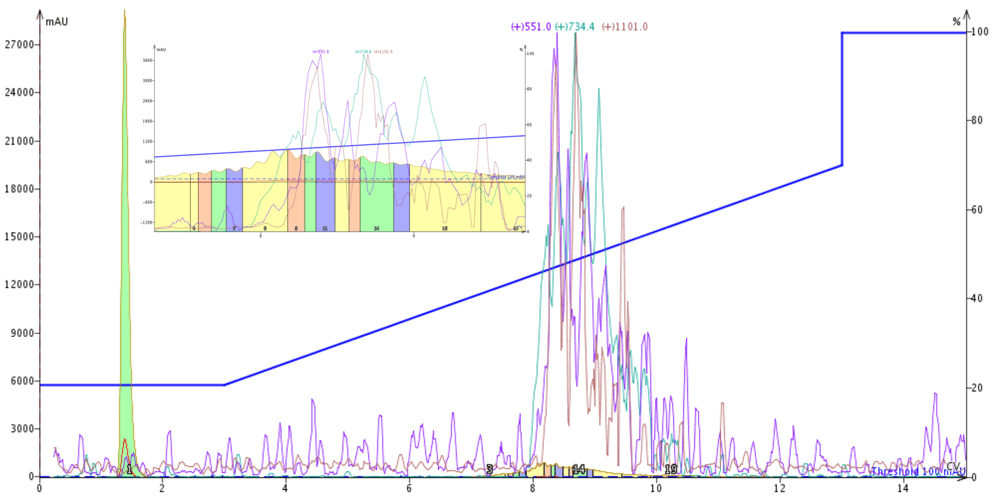
Figure 5: Crude 18A purified using two 10 g SNAP Bio C18 cartridges. Extracted ion chromatograms for the m+2 (red), m+3 (green) and m+4 (purple) charge states are monitored to aid in peak identification. Inset: zoomed view of the chromatographic region during which the peptide elutes. No dominant peak is evident.
Well, that's not really what I expected. Not surprisingly, adding a second cartridge doubled the backpressure detected by the system. Often times back pressure can be used to compact peaks in flash chromatography, but that does not appear to be the case here. I did expect some peak broadening with the longer column length, but not complete loss of peak distinction. In fact, the largest peak in the overall hump of peptide eluting does NOT overlap with the extracted ion peaks, suggesting that the peptide of interest is not contained within that region of the chromatogram. The extracted ion spectra is also quite noisy (possibly a result of pump cavitation), but I combined fractions 9-15 as guided by the overall mass envelope, quickly evaporated the solvent and analyzed the purification efficiency with analytical HPLC, Figure 6.
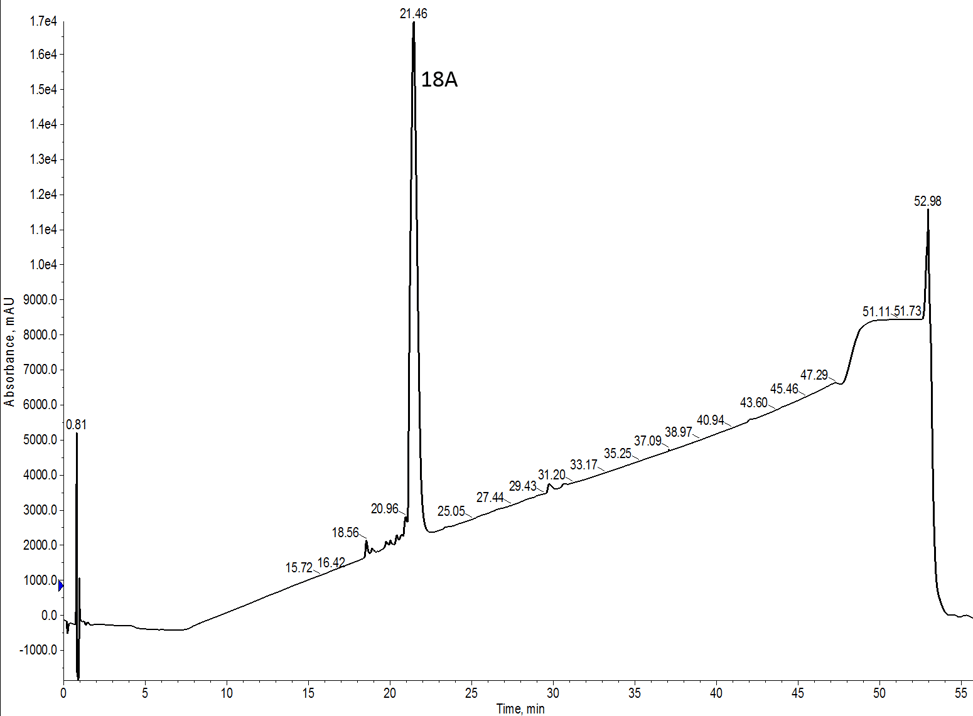
Figure 6: Analytical HPLC chromatogram for 18A purified using two 10 g SNAP Bio C18 cartridges inline.
The second purification also yielded peptide with >95% purity, so this strategy worked. However, in the absence of the mass detector, identifying the specific fractions to combine would have been nearly impossible from the UV trace alone.
Based on these preliminary results, I will probably stick with a single cartridge for my future purifications. There are still some questions that remain though, so I will to experiment with different features of the column, although I will probably use a large quantity of material for those studies.
Want to learn more about using flash chromatography to reduce your peptide purification time? Listen to our webinar!

